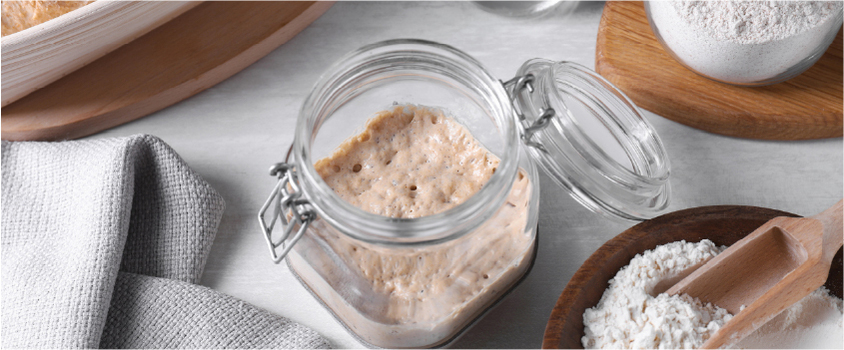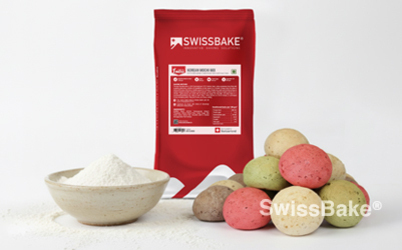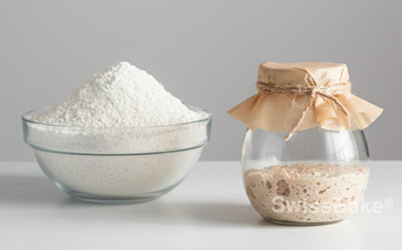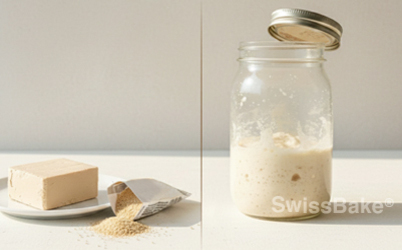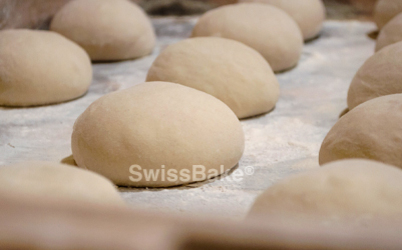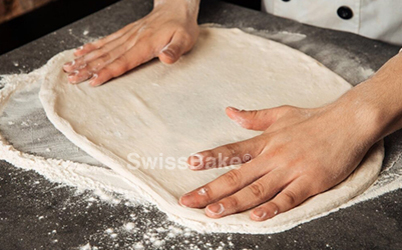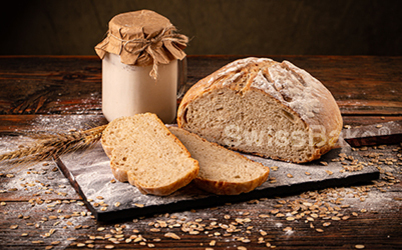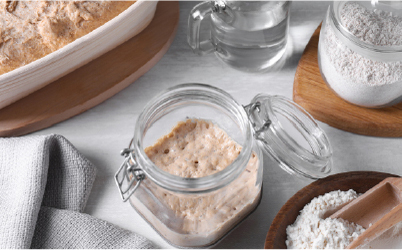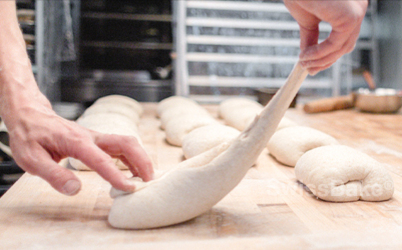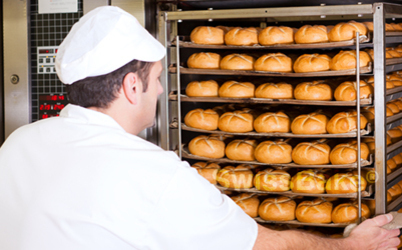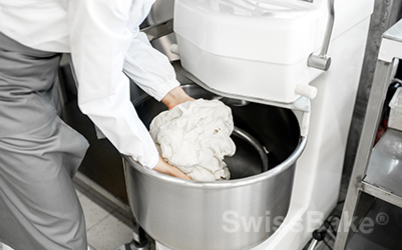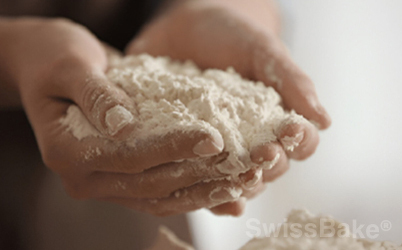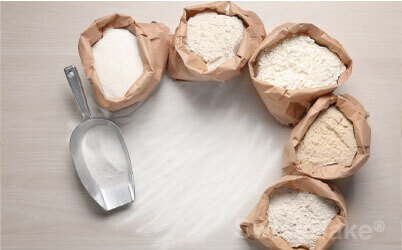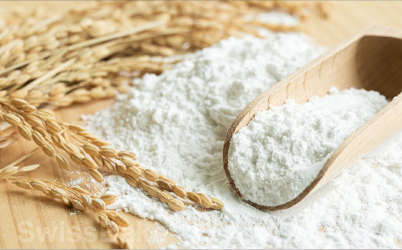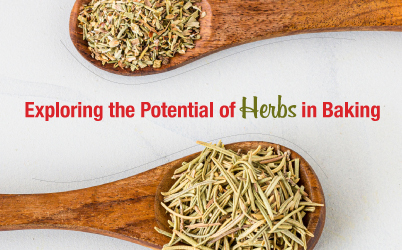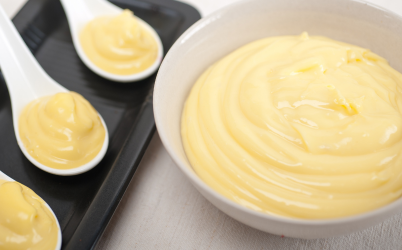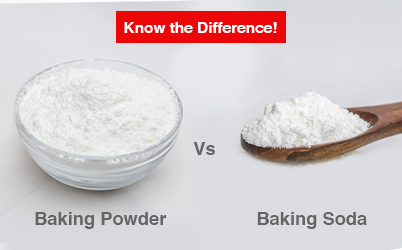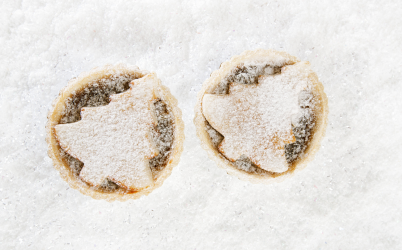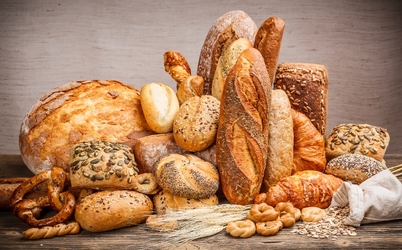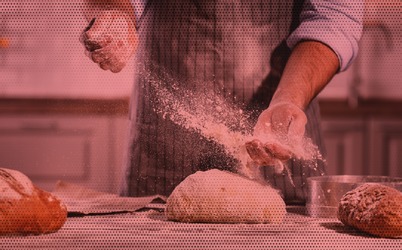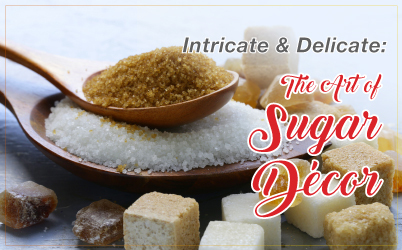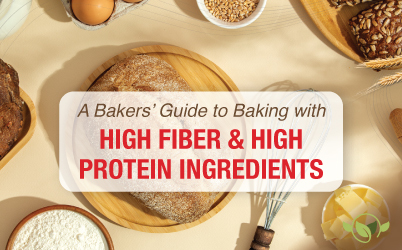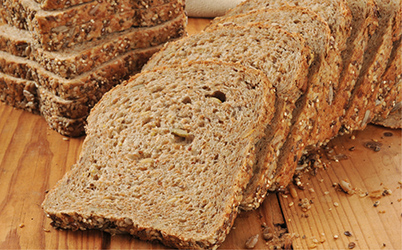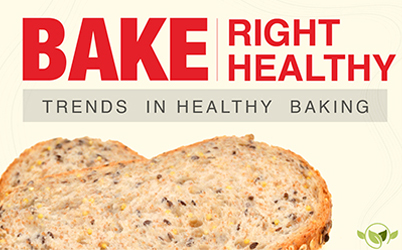Troubleshooting Sourdough: 8 Common Issues and How to Fix Them?
Introduction
Sourdough baking is part art, part science—and even experienced bakers can occasionally run into problems. From a sluggish starter to flat loaves or dense crumb, sourdough’s wild microbial nature can lead to unpredictable results. But understanding the root causes behind these issues is the first step toward mastering control.Whether you're using a live starter in a boutique bakery or a dehydrated sourdough like Le’Sourdo® in a central kitchen, this guide addresses seven of the most common sourdough problems, their likely causes, and proven solutions. Let’s decode the mysteries of fermentation and set your sourdough bakes up for success.
1. Weak or Inactive Starter
Signs:
• Little to no rise• No bubbles or sour aroma
• Dense, gummy crumb in finished loaf
Causes:
• Feeding with poor-quality flour• Incorrect hydration or feeding ratio
• Cold fermentation environment
• Contamination or neglect
Solutions:
• Feed your starter with high-protein, unbleached flour and filtered or dechlorinated water.• Use a 1:1:1 or 1:2:2 (starter:flour:water) feeding ratio by weight.
• Ferment between 22°C–27°C (72°F–81°F).
• If baking in a commercial environment, consider using Le’Sourdo® dehydrated sourdough powder to ensure batch consistency and reduce downtime from weak starters.
Pro Tip: Always use non-chlorinated water and clean, sanitized containers when maintaining live cultures. If your bakery requires consistency across outlets, dehydrated sourdough powders remove the unpredictability of live cultures.
2. Dough Not Rising During Bulk Fermentation
Signs:
• Dough remains flat and slack• No visible gas bubbles or volume increase
• Final loaf lacks volume and oven spring
Causes:
• Inactive starter or insufficient inoculation• Overly cold environment
• Weak gluten structure or overhydration
Solutions:
• Verify starter strength: it should double in volume within 4–6 hours.• Increase bulk fermentation time or ambient temperature slightly.
• Perform stretch and folds every 30–45 minutes during fermentation to build strength.
For better tolerance in central kitchen settings, combine sourdough culture with controlled yeast addition or acid-regulated improvers.
3. Over-proofed Dough
Signs:
• Dough feels overly soft and fragile• Collapses or deflates when moved
• Large, irregular crumb holes with gummy texture
Causes:
• Excess fermentation time• High starter percentage in warm environments
• No monitoring of dough readiness
Solutions:
• Reduce fermentation time or starter ratio.• Use the “poke test”—a properly proofed dough will spring back slowly when gently pressed.
• For retarded fermentation (cold overnight), adjust dough hydration and temperature carefully.
• Consider dehydrated sourdough if you need flavor development without long fermentation risk.
4. Dense or Tight Crumb
Signs:
• Small, uniform holes• Heavy, chewy interior
• Crumb feels underbaked despite crust being dark
Causes:
• Underproofing• Poor gluten development
• Low hydration or excessive shaping pressure
Solutions:
• Ensure adequate bulk fermentation—look for a 50–80% volume increase.• Mix dough until windowpane test passes, or use autolyze technique for better gluten extensibility.
• If hydration is too low, consider increasing water to 70–80%, depending on flour.
Pro Tip: Avoid degassing too much during shaping. Let loaves cool fully before slicing—hot slicing traps steam, creating a gummy texture.
5. Sourdough Bread is Too Sour (or Not Tangy Enough)
Signs:
• Overly tangy, acidic flavor• Or, completely neutral flavor with no sour notes
Causes:
• Imbalance between lactic and acetic acid production• Overly warm or cold fermentation
• Improper starter feeding schedules
Solutions:
• For more lactic (mild) flavor, ferment at cooler temperatures (21°C/70°F), use higher hydration, and feed more frequently.• For more acetic (sharp) flavor, use stiffer starter, lower hydration, and retard dough in refrigerator.
Pro Tip: Maintaining your starter at 100% hydration (equal parts flour and water) can reduce harsh notes and balance the microbial profile. Use a digital pH meter to track acidity; target 4.1–4.3 for balanced sourness in most commercial bread.
6. Sticky, Difficult-to-Handle Dough
Signs:
• Dough clings to surfaces and hands• Tears during shaping
• Cannot hold structure
Causes:
• Excessive hydration without sufficient strength• Weak flour (low protein)
• Overfermentation
Solutions:
• Perform more stretch and folds to strengthen gluten.• Use strong bread flour (12–14% protein) for structure.
• Lightly flour hands and bench with rice flour or semolina.
Pro Tip: Use oil or a damp bench scraper for dividing high-hydration sourdoughs. Additionally, cold bulk fermentation (4–6°C) firms up high-hydration doughs, making them easier to handle in professional settings.
7. Pale Crust or Uneven Browning
Signs:
• Bread lacks color even when fully baked• Spotty or dull crust appearance
Causes:
• Under fermented dough (low sugar development)• Dry oven with no steam
• Low oven temperature or baking too short
Solutions:
• Ensure full fermentation for natural sugar conversion (Maillard reaction).• Bake at high temperature (230–250°C) with initial steam injection to allow proper crust caramelization.
• If using convection ovens, consider adding malted flour to the mix to promote browning.
• For frozen or par-baked sourdoughs, always preheat oven thoroughly to avoid crust hardening before expansion.
Pro Tip: A properly fermented dough should have surface tension and slight elasticity when touched—signs it will brown well in the oven. Crust color and shine also improve with a proper final proof—don’t rush into the oven prematurely.
8. Mold Growth or Short Shelf Life
Signs:
• Visible mold on crust within 2–3 days• Loss of freshness or dry crumb
• Off-smells or acidic aftertaste
Causes:
• Poor storage practices• Low acidification in formula
• High ambient humidity during cooling or packaging
Fixes:
• Allow bread to cool fully before packaging• Store in breathable paper or MAP (modified atmosphere packaging) for large-scale delivery
Pro Tip: Sourdough breads with natural organic acids (like lactic and acetic) inherently resist mold and staling better than commercial yeast-only breads.
Bonus Tip: Why le’sourdo® Makes Troubleshooting Easier?
Live sourdough starters require skill, patience and daily maintenance—great for artisan bakeries, but not always viable for commercial / central kitchens or industrial, high-output environments.Dehydrated sourdough products like le’sourdo® offer the best of both worlds:
• Stable, flavor-rich sourdough that’s easy to scale
• No feeding, refrigeration, or contamination risks
• Consistent results across batches and outlets
• Available in wheat, rye, and Italian white variants for custom profiles
Whether you're baking rustic rye boules, soft focaccia, baguettes or multigrain sandwich loaves, le’sourdo® allows artisan flavor at scale—without the uncertainty.
Conclusion: Understand, Adapt, and Bake Better
Every sourdough challenge has a solution rooted in fermentation science, ingredient behavior, and workflow timing. By paying close attention to dough response, using appropriate flour and hydration, and leveraging smart bakery solutions like le’sourdo® dehydrated sourdough, professionals can elevate both consistency and flavor in their sourdough offerings.
With le’sourdo® range of artisan sourdough powders, professional bakers, bakeries, and central kitchens can streamline sourdough production, troubleshoot proactively, and focus on flavor and texture rather than unpredictable fermentation.
Explore the full le’sourdo® range at https://lesourdo.com/collections/sourdough to find the right match for your next sourdough application.

